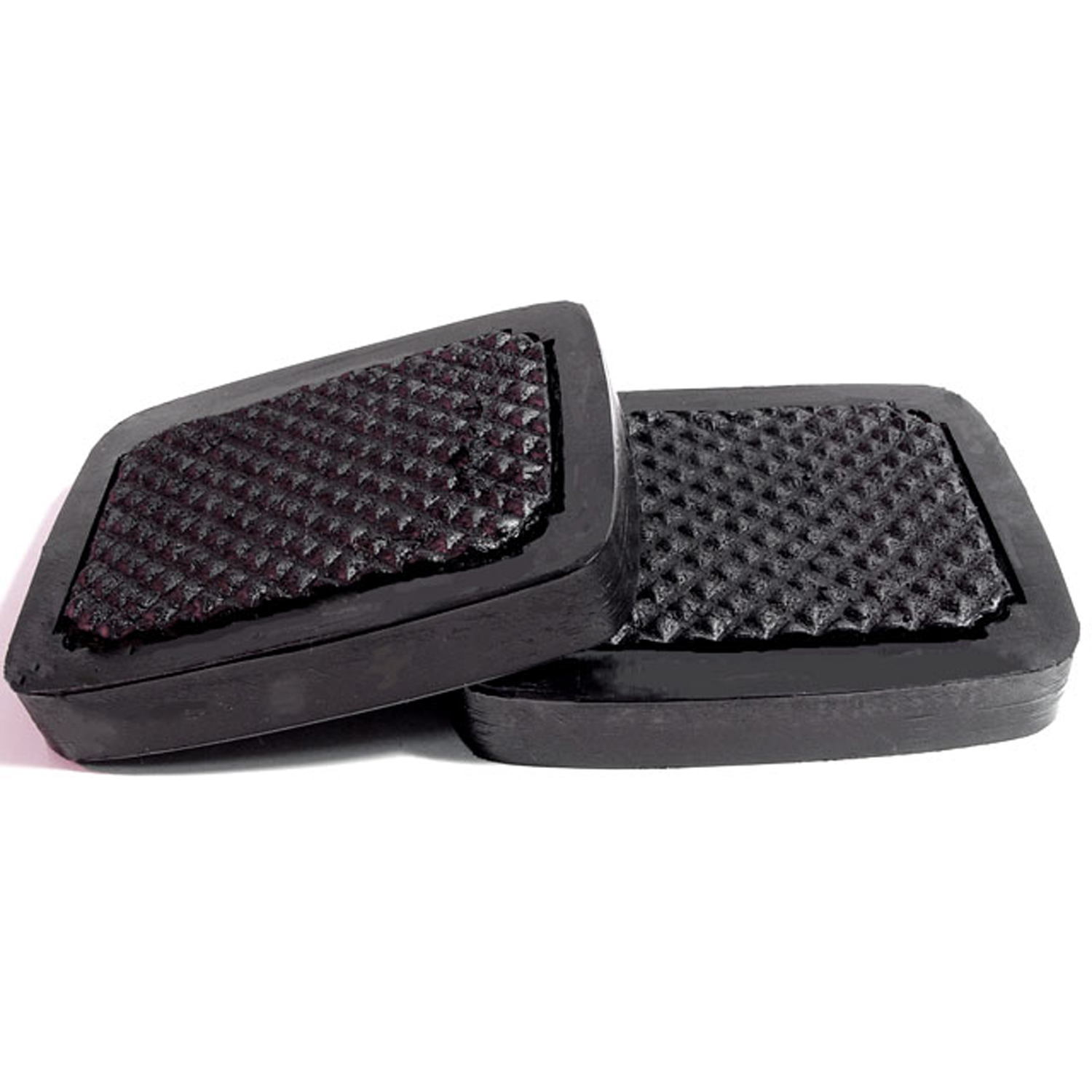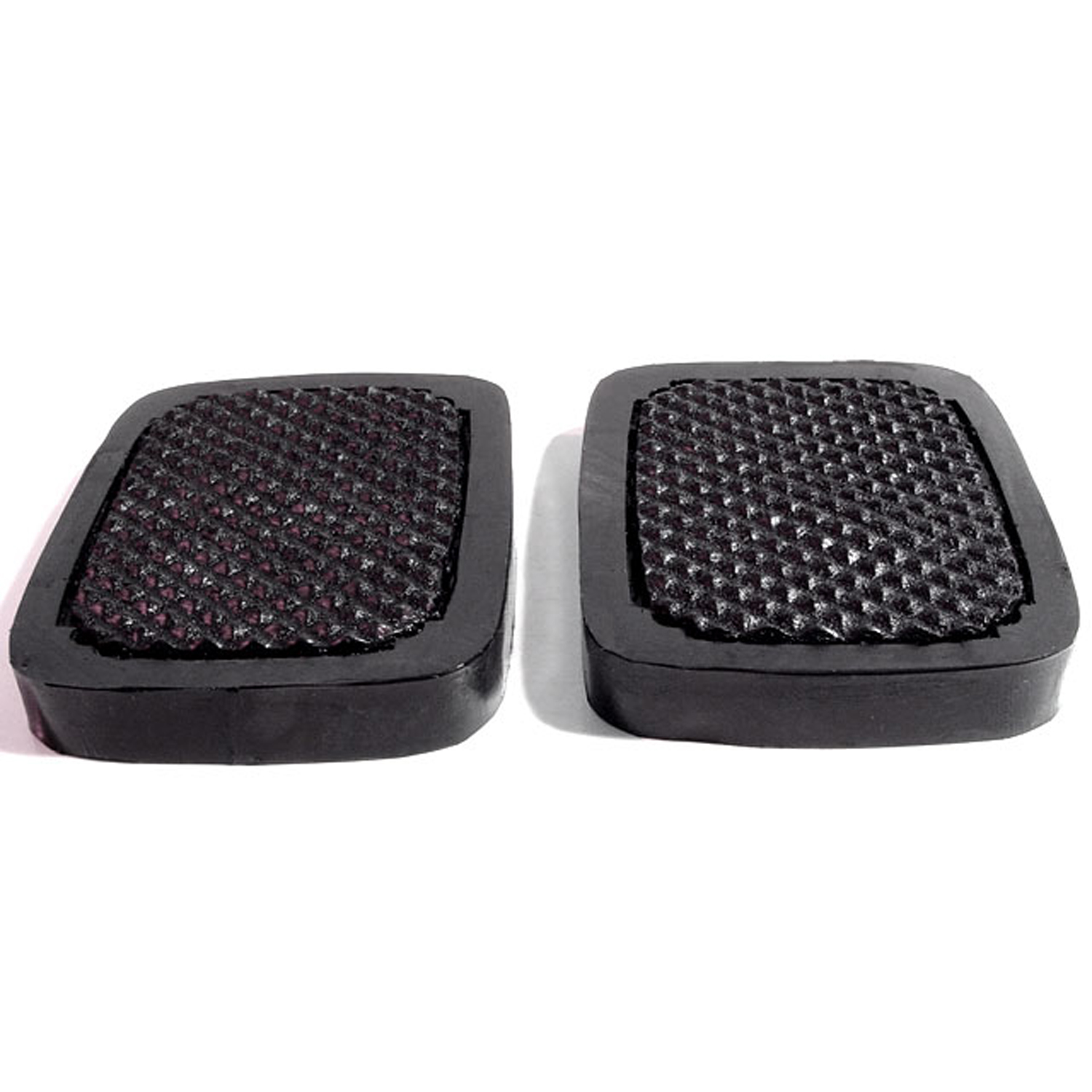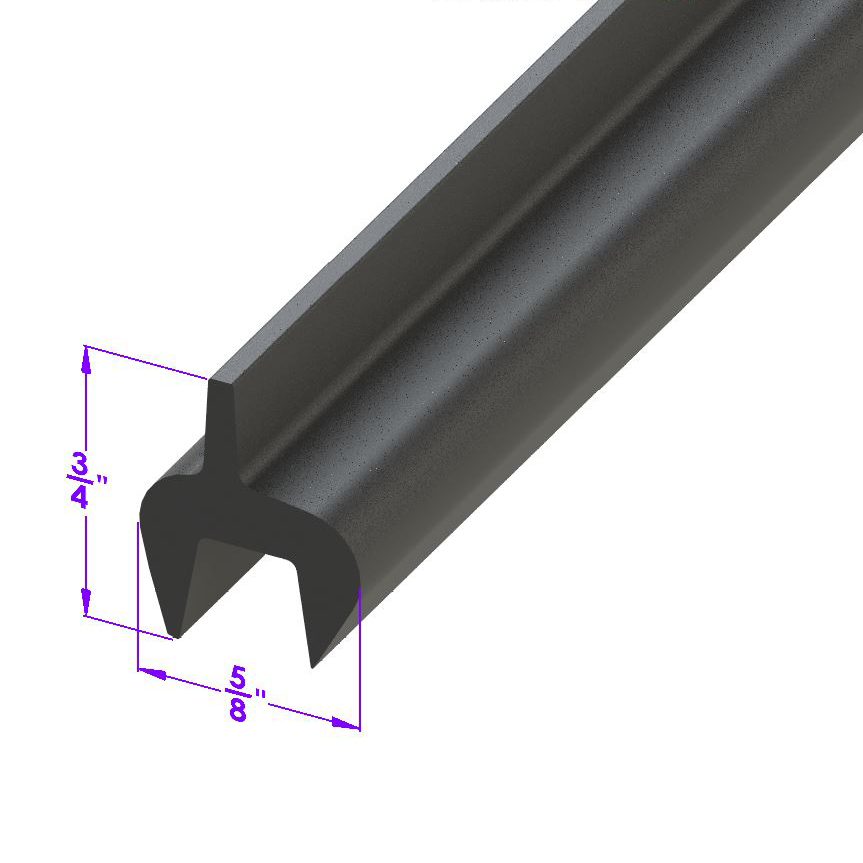Image of 1924 Buick Series 30, sourced from www.shutterstock.com , Image Link.
Performance Metrics
Fundamental Metrics
Emotional Appeal
MMP Rating
| Engine Specifications | |
|---|---|
| Engine: | 4-cylinder |
| Displacement: | 170-180 cubic inches |
| Horsepower: | Estimated 27-30 HP |
| Torque: | Not available |
| Compression Ratio: | Not available |
| Ignition System: | Magneto ignition system |
| Cooling System: | Water-cooled |
| Performance Specifications | |
| 0-60 Time: | Not available |
| 1/4 Mile Time: | Not available |
| Top Speed: | 45-50 mph |
| Transmission and Drive | |
| Drive Type: | Rear-wheel drive |
| Transmission Type: | 3-speed manual |
| Fuel and Efficiency | |
| Fuel System Type: | Carburetor |
| MPG: | Not available |
| Dimensions and Brakes | |
| Brakes: | Mechanical drum brakes |
| Wheelbase: | 120 inches |
| Weight: | Estimated 2,800-3,000 lbs |
Note: Specifications for classic cars are given to the best of our ability, considering the limited and variant data available.
Unveiling the 1924 Buick Series 30: A Testament to Automotive Elegance
Stepping into the limelight with an aura of sophistication, the 1924 Buick Series 30 was not just a car; it was a statement of luxury and advanced engineering of its era. Crafted by the esteemed Buick Motor Company, this automobile emerged during a time when the automotive industry was in full swing, transitioning from mere transportation to symbols of status and innovation. The Series 30 held a special place in history, being part of the lineage that helped establish General Motors as a dominant force in the automotive world. A notable moment for this classic was when it became one of the preferred vehicles for public officials and dignitaries, adding to its allure and prestige.
Design and Innovation: The Artistry of the Series 30
The exterior of the 1924 Buick Series 30 exuded grace with its long, sweeping fenders and upright radiator grille—a hallmark of Buick's design language. The intricate detailing on the headlamps and the iconic Buick badge positioned at the front conveyed a blend of elegance and boldness. Inside, passengers were treated to a cabin adorned with high-quality materials, including plush seating and polished wood accents that reflected craftsmanship. Technologically, it boasted features that were ahead of its time, such as four-wheel brakes—a rarity among cars in that period. Color options for this model were typically conservative, reflecting the tastes of the era, with deep blues and blacks being popular choices among buyers. The Series 30 came in various body styles, including touring, roadster, sedan, and coupe models. However, it was the open-top touring version that captured hearts with its combination of freedom and style.
Historical Significance: Setting the Pace for Future Generations
The 1924 Buick Series 30 played a pivotal role in shaping automotive design and technology. It stood out from its competitors with its overhead valve inline-six engine—considered one of Buick's greatest contributions to motor vehicle engineering—which provided smoother operation and more power. This innovation influenced engine designs for decades to come. The Series 30's blend of performance, comfort, and style set new benchmarks for what motorists expected from their vehicles.
Performance and Handling: A Journey Back in Time
Beneath the hood lay an engine capable of delivering impressive performance for its day. While exact top speed figures are elusive now, it offered brisk acceleration for leisurely drives or swift getaways alike. Handling was characterized by a solid yet comfortable ride—typical for luxury cars of that period—with drivers often remarking on its stability over uneven surfaces. Driving a 1924 Buick Series 30 was an experience filled with sensory delights—from the distinctive hum of its inline-six engine to the tactile feedback through its thin-rimmed steering wheel. It was an automobile that demanded engagement from its driver, making every journey memorable.
Ownership Experience: More Than Just a Car
Owners of the Series 30 used their vehicles for various purposes: as daily drivers by some affluent individuals, as showpieces in parades or exhibitions by others, or even occasionally in racing events by thrill-seekers. Maintenance was straightforward by today's standards but required regular attention to keep these machines running smoothly. Reliability was commendable for its time; however, finding parts today can be a challenge.
Fun Facts: The Legacy Lives On
The 1924 Buick Series 30 has been associated with numerous interesting anecdotes over time. For instance, some models have been known to be owned by Hollywood celebrities during that era which added to their glamour. Although not known for breaking speed records, it held records in reliability and endurance within its class. Criticisms were few but often pointed towards fuel consumption—a common trait among vehicles of substantial size and power at that time.
Collector's Information: A Prized Possession
Today, a well-preserved 1924 Buick Series 30 can fetch a handsome sum in the collector's market. Estimates suggest that several thousand units were produced; however, only a fraction has survived to this day making them relatively rare finds. Values can vary widely based on condition but typically range from $20,000 to well over $50,000 for pristine examples. The market trend shows appreciation over time as enthusiasts seek to own a piece of automotive history.
Conclusion: Celebrating an Iconic Masterpiece
The 1924 Buick Series 30 is more than just an antique car; it is a testament to an era when automobiles began to shape societies and cultures around them. Its legacy is evident in every classic car show and private collection where it stands proudly—a true icon of early twentieth-century innovation and luxury. Owning one is not merely about possession; it is about preserving a chapter of automotive heritage.
1924 Buick Series 30 Catalog of Parts
 1924 Buick SERIES 30 Clutch and Brake Pedal Pads. 2-3/4" wide X 3-3/8" long-CB 12Clutch and Brake Pedal Pads. 2-3/4" wide X 3-3/8" long. Pair
1924 Buick SERIES 30 Clutch and Brake Pedal Pads. 2-3/4" wide X 3-3/8" long-CB 12Clutch and Brake Pedal Pads. 2-3/4" wide X 3-3/8" long. Pair 1924 Buick SERIES 30 Clutch and Brake Pedal Pads. 2-3/4" wide X 3-3/4" long-CB 13Clutch and Brake Pedal Pads. 2-3/4" wide X 3-3/4" long. Pair
1924 Buick SERIES 30 Clutch and Brake Pedal Pads. 2-3/4" wide X 3-3/4" long-CB 13Clutch and Brake Pedal Pads. 2-3/4" wide X 3-3/4" long. Pair 1924 Buick SERIES 30 Swing-Out Lower Windshield Seal. Sold by the foot-LP 108Swing-Out Lower Windshield Seal. Sold by the foot
1924 Buick SERIES 30 Swing-Out Lower Windshield Seal. Sold by the foot-LP 108Swing-Out Lower Windshield Seal. Sold by the footWhy Choose Metro?
For over 100 years, Metro Moulded Parts has been the pinnacle of quality in classic car restoration parts. Our commitment to precision and authenticity in every component ensures a perfect fit and an OEM-level appearance.
- Expert Craftsmanship & Quality: Each part is a testament to our dedication to reliability and perfection, crafted from original designs and thoroughly tested.
- Advanced Technology: We use cutting-edge techniques to create flawless, long-lasting parts that surpass others in performance.
- SuperSoft Sponge – The Ultimate Door Seal: Not only are our door seals 30% softer than competitors', but they're also guaranteed to never leak. They effectively reduce wind and road noise, enhancing your classic car's comfort and driving experience.
- Proudly American: Our parts are a product of American craftsmanship, made in the USA with a spirit of excellence and heritage.
- Unrivaled Warranty: We back our products with a 30-year industry-leading warranty, a testament to our confidence in their quality.
Join us in preserving the legacy of classic cars with parts that are crafted for perfection, not just made.

